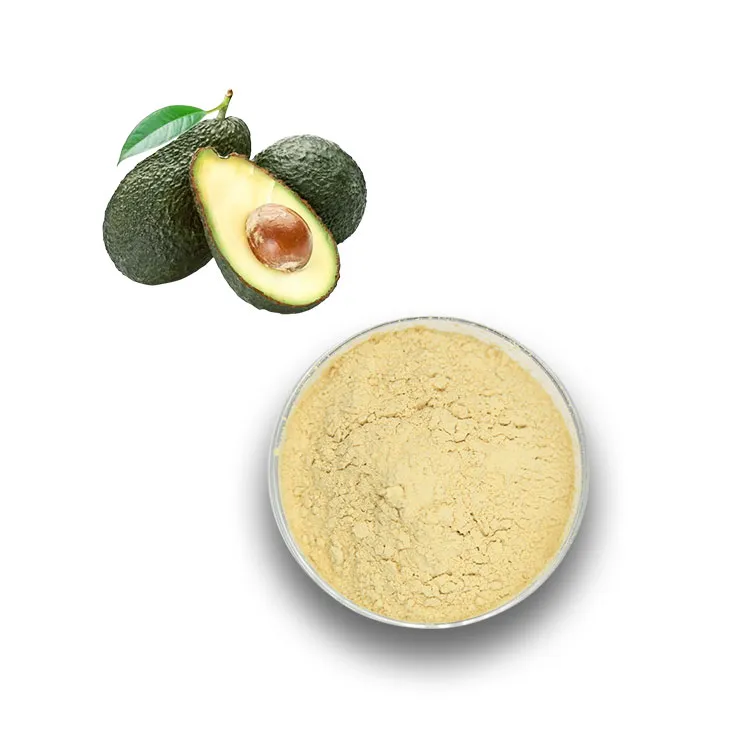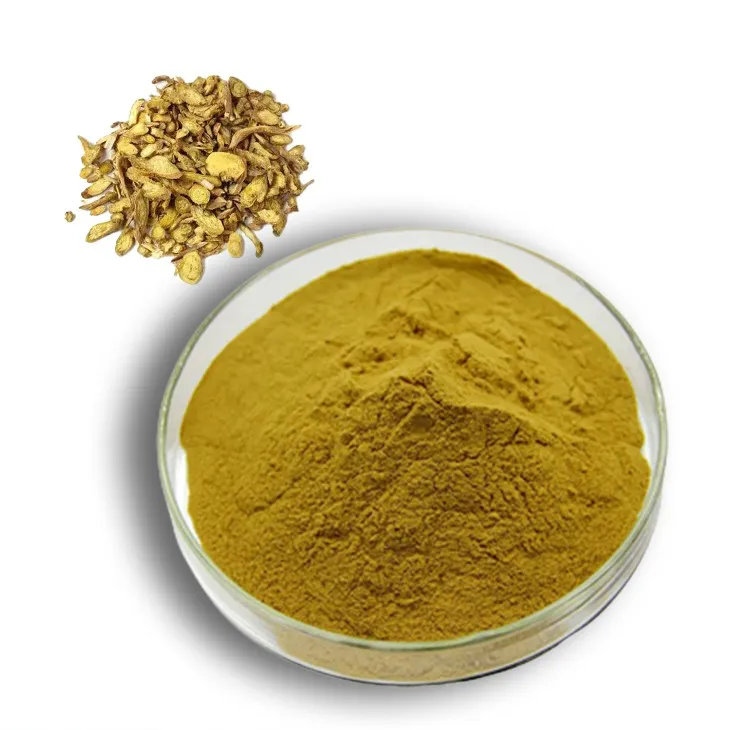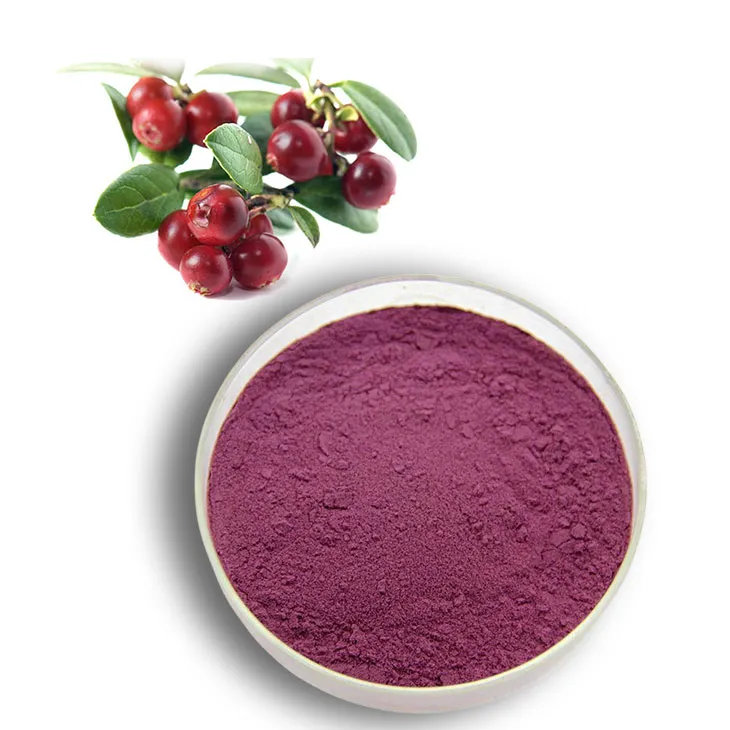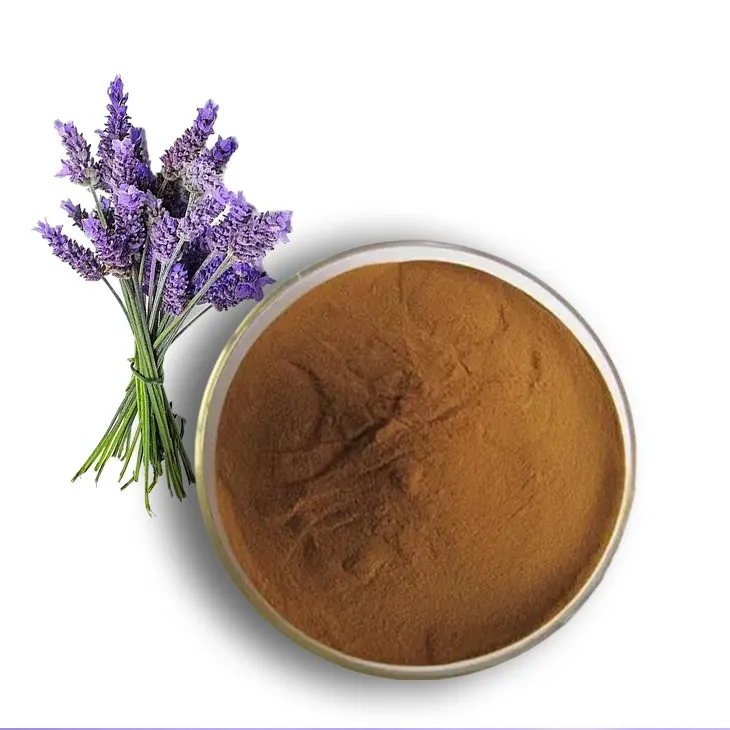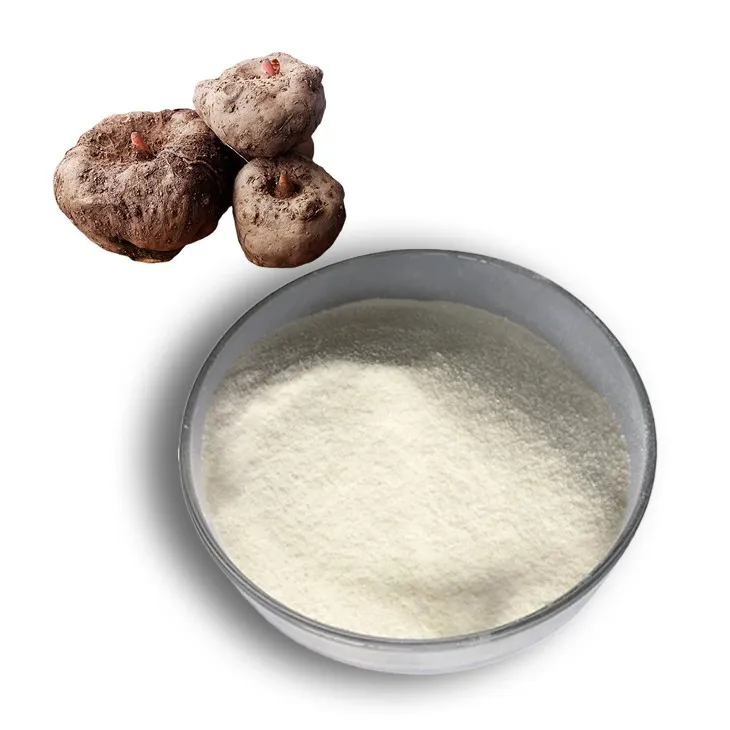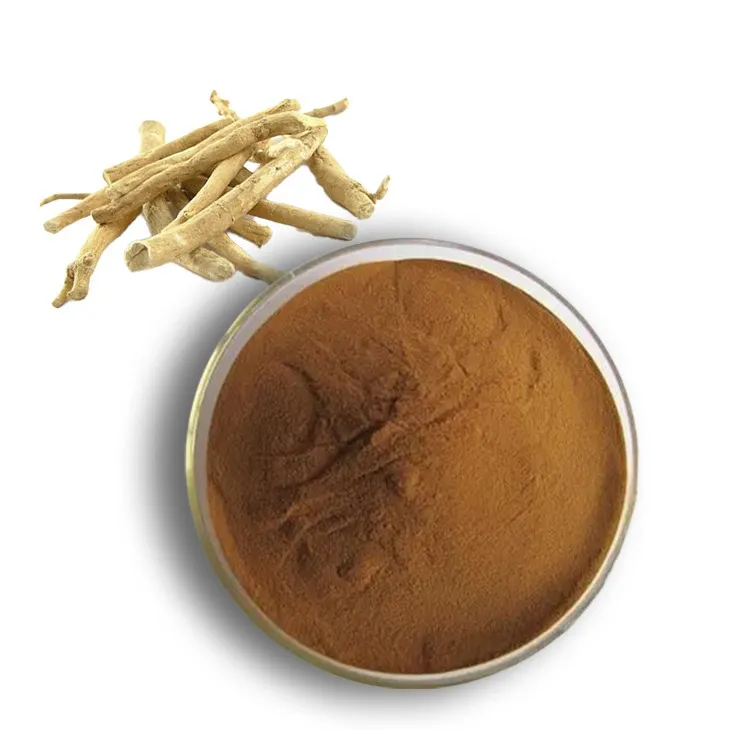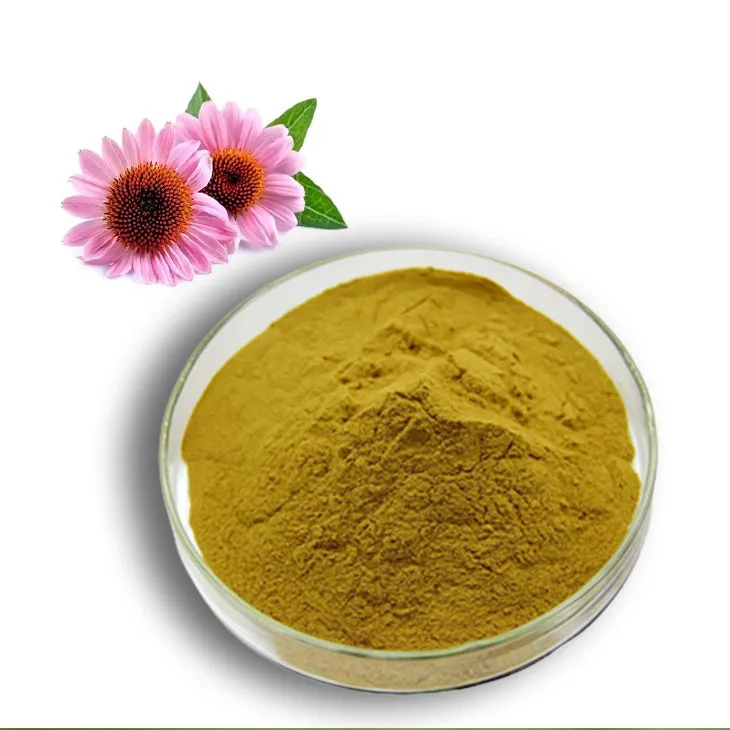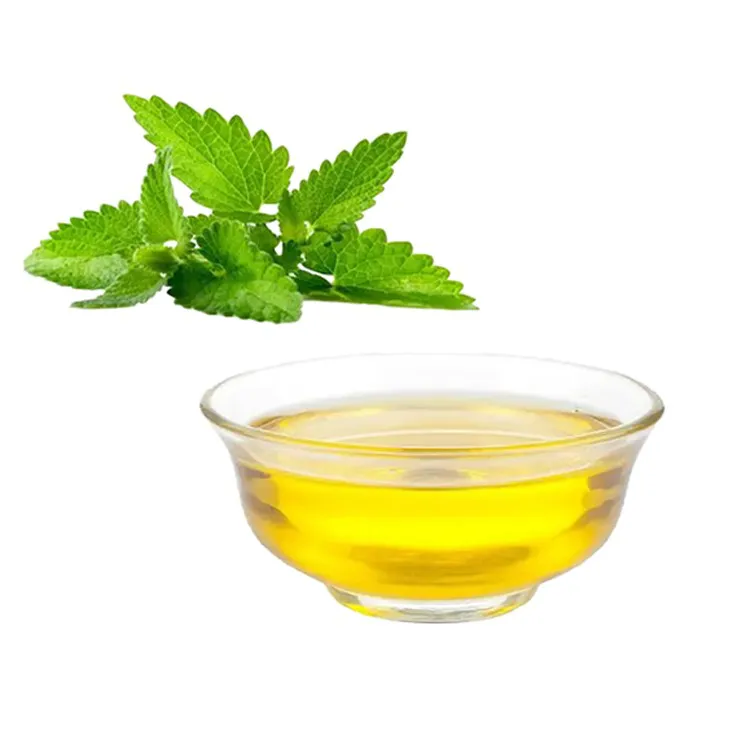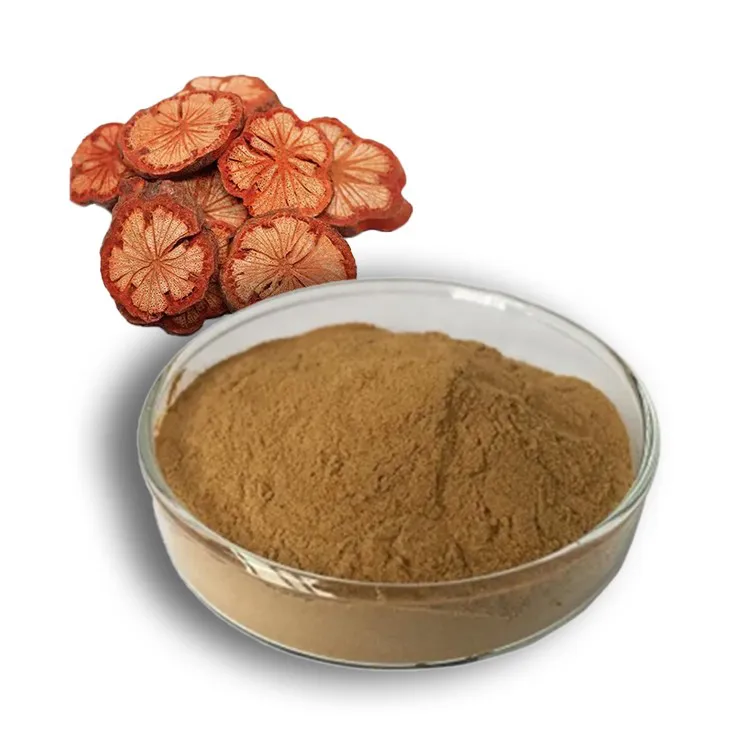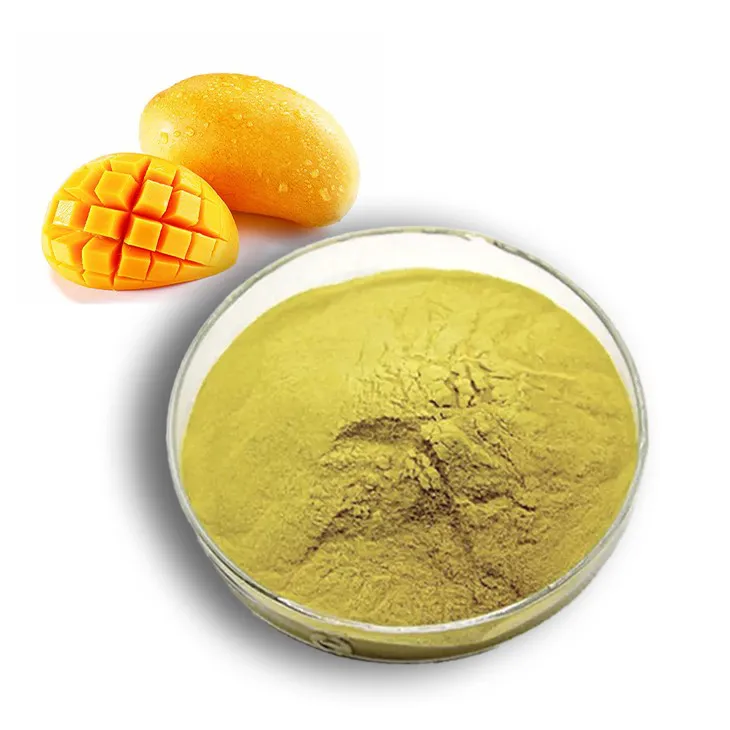- 0086-571-85302990
- sales@greenskybio.com
Two Bases for the Quality of Nettle Root Extract: Potency and Purity.
2024-12-10
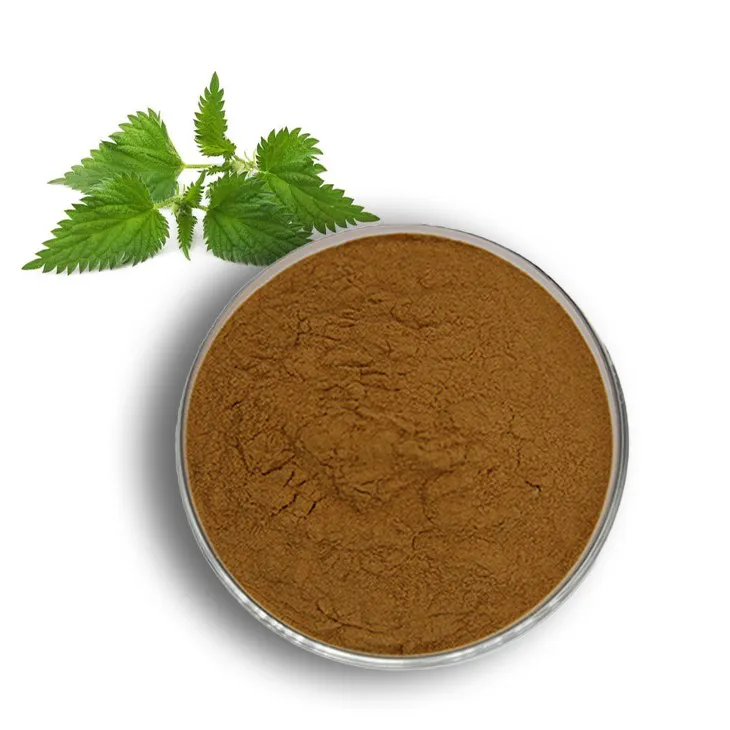
1. Introduction
Nettle Root Extract has been steadily gaining more attention in a variety of sectors. Its popularity can be attributed to its potential applications in traditional medicine, the cosmetic industry, and even in some emerging fields. However, when it comes to evaluating the quality of Nettle Root Extract, two main factors stand out: potency and purity. These two aspects are not only crucial for determining the overall value of the extract but also play a significant role in ensuring its effectiveness and safety.
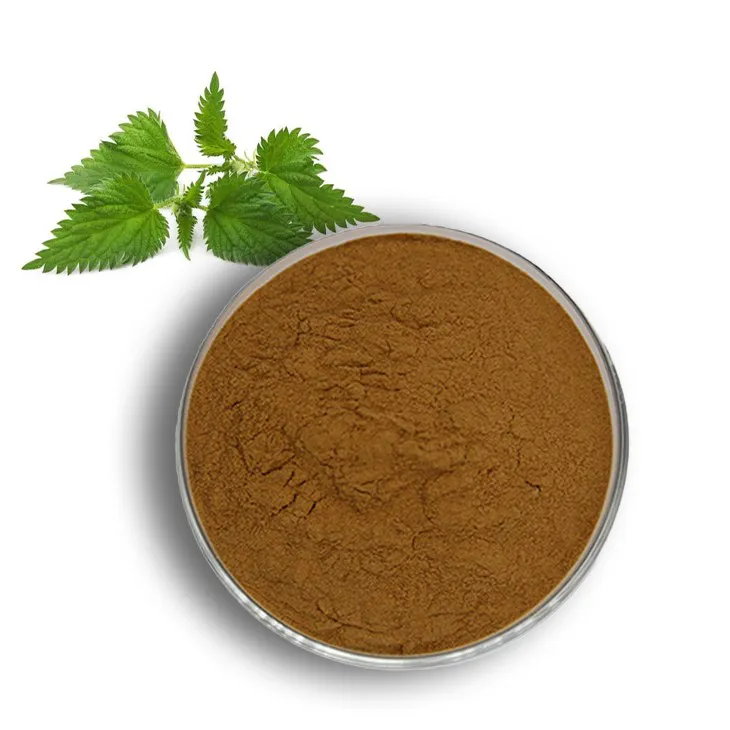
2. Potency of Nettle Root Extract
2.1 Definition and Measurement
Potency, in the context of nettle root extract, refers to the strength or concentration of the active components within the extract. These active components are what give the extract its functional properties. For example, in traditional medicine, certain compounds in nettle root extract are believed to have anti - inflammatory or diuretic effects. Measuring potency is a complex process that often involves sophisticated laboratory techniques. Scientists may use methods such as high - performance liquid chromatography (HPLC) to accurately determine the levels of key active ingredients. This helps in standardizing the extract and ensuring that it contains a consistent amount of the active components that are responsible for its desired effects.
2.2 Significance in Traditional Medicine
In traditional medicine systems around the world, nettle root extract has been used for centuries. Its potency is directly related to its medicinal value. For instance, in herbal remedies for prostate problems, a potent nettle root extract is thought to be more effective in alleviating symptoms. The active components in the extract may interact with the body's physiological processes in a way that helps to reduce inflammation or regulate hormonal imbalances. If the extract lacks potency, it may not be able to produce the expected therapeutic results, which could lead to disappointment among patients who rely on these traditional remedies.
2.3 Role in the Cosmetic Industry
The cosmetic industry has also recognized the potential of nettle root extract. Potency is of great importance here as well. A potent extract can be used in various skincare products, such as anti - aging creams or anti - dandruff shampoos. In anti - aging products, the active components in nettle root extract may help to stimulate collagen production, improve skin elasticity, and reduce the appearance of wrinkles. In shampoos, its potency can contribute to reducing scalp irritation and promoting healthy hair growth. However, if the extract's potency is not properly maintained during production, these beneficial effects may not be achieved, and the product may not be as effective as expected.
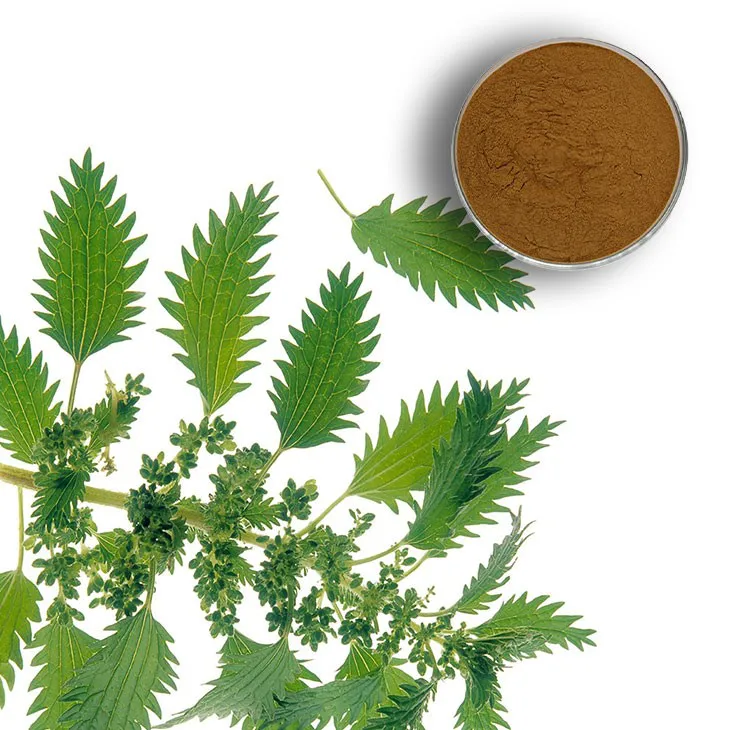
3. Purity of Nettle Root Extract
3.1 Importance of Purity
Purity is a critical factor when it comes to nettle root extract quality. A pure extract is one that contains a high percentage of the desired nettle root components and a minimal amount of contaminants. Contaminants can include things like pesticides, heavy metals, or other plant materials that may have been accidentally mixed during the harvesting or processing of the nettle roots. Ensuring purity is essential for the safety of consumers. Ingesting or using an impure extract can lead to various health problems, such as allergic reactions, toxicity, or other adverse effects.
3.2 Sources of Contamination
- Agricultural Practices: The use of pesticides and fertilizers in nettle root cultivation can lead to contamination. If not properly regulated, these chemicals can remain on the nettle roots and find their way into the extract. For example, some pesticides may be toxic to humans, and their presence in the extract can pose a significant health risk.
- Harvesting and Processing: During the harvesting process, improper handling can introduce foreign materials. For instance, if the nettle roots are harvested from areas near industrial sites, there is a risk of heavy metal contamination. Additionally, during processing, if the equipment is not thoroughly cleaned, residues from previous batches or other substances can contaminate the nettle root extract.
- Storage Conditions: Inadequate storage conditions can also affect the purity of the extract. If the nettle root extract is stored in a damp or unhygienic environment, it may be susceptible to mold growth or other forms of degradation, which can introduce impurities into the product.
3.3 Methods for Ensuring Purity
- Quality Control in Cultivation: Implementing strict agricultural practices is the first step in ensuring purity. This includes using organic farming methods, which avoid the use of synthetic pesticides and fertilizers. Regular soil testing can also be carried out to monitor the presence of heavy metals and other contaminants in the soil where the nettle roots are grown.
- Good Manufacturing Practice (GMP) in Processing: Adhering to GMP guidelines during processing is crucial. This involves using clean and well - maintained equipment, proper sanitization procedures, and strict quality control checks at each stage of production. For example, filtration and purification techniques can be employed to remove any unwanted substances from the extract.
- Proper Storage: Storing the nettle root extract in a dry, cool, and clean environment is essential for maintaining its purity. Using appropriate packaging materials, such as airtight containers, can also help to prevent contamination from the external environment.
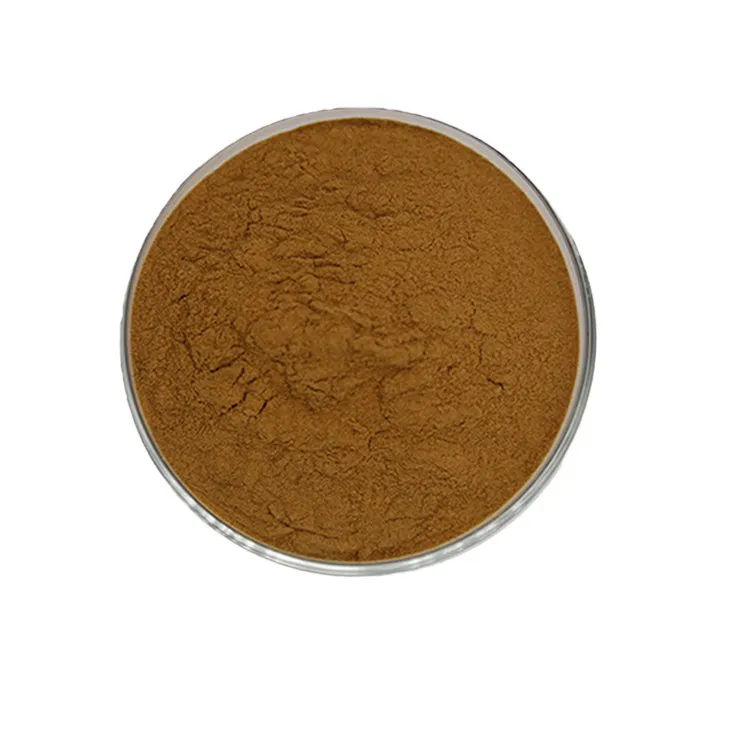
4. Relationship between Potency and Purity
Potency and purity are closely intertwined when it comes to the quality of nettle root extract. A high - purity extract is more likely to have a consistent potency. Contaminants in the extract can interfere with the activity of the active components, thereby reducing the overall potency. For example, if heavy metals are present in the extract, they may bind to the active compounds and prevent them from interacting effectively with the body's cells. On the other hand, maintaining the potency of the extract also requires a certain level of purity. If the extract is too impure, it may be difficult to accurately measure and control the levels of the active components, which in turn can affect its potency.
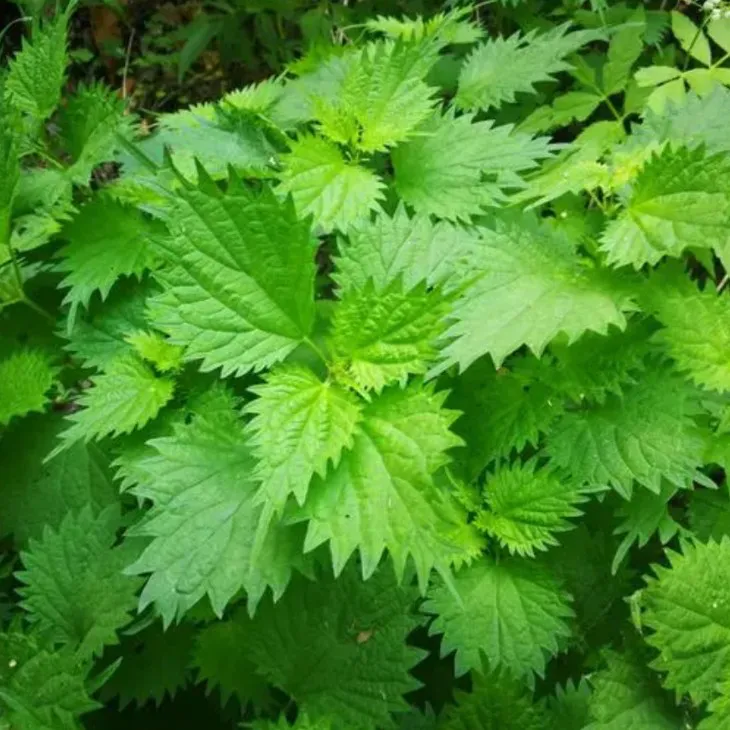
5. Challenges in Maintaining Potency and Purity
5.1 Variability in Raw Materials
Nettle roots can vary in their chemical composition depending on factors such as the geographical location where they are grown, the time of harvest, and the variety of the nettle plant. This variability can pose a challenge in maintaining a consistent potency and purity in the extract. For example, nettle roots grown in different regions may have different levels of key active ingredients, which can affect the potency of the extract. Additionally, if the harvesting time is not optimized, the roots may contain a higher proportion of unwanted substances, thus affecting the purity.
5.2 Cost - Benefit Considerations
Ensuring high potency and purity often comes at a cost. Implementing strict quality control measures, using advanced purification techniques, and following organic farming practices can all increase the production cost of nettle root extract. However, in a competitive market, producers also need to consider the price - sensitivity of consumers. Striking a balance between maintaining high quality and keeping the product affordable can be a difficult task. For some small - scale producers, the cost of ensuring high potency and purity may be prohibitive, which can lead to a compromise in the quality of the extract.
6. Conclusion
In conclusion, both potency and purity are fundamental bases for the quality of nettle root extract. Potency determines the effectiveness of the extract in various applications, whether in traditional medicine or the cosmetic industry. Purity, on the other hand, is essential for ensuring the safety of consumers. Despite the challenges in maintaining both potency and purity, such as variability in raw materials and cost - benefit considerations, it is crucial for producers to strive for high - quality nettle root extract. By implementing strict quality control measures in cultivation, processing, and storage, and by constantly researching and improving production techniques, the industry can ensure that nettle root extract continues to be a valuable and reliable ingredient in different fields.
FAQ:
What is the importance of potency in nettle root extract?
Potency in nettle root extract is highly important as it dictates the effectiveness of the extract. In traditional medicine, a potent nettle root extract can have a more pronounced impact on treating certain ailments. In the cosmetic industry, a more potent extract can better achieve desired effects such as improving skin conditions. It is a key factor in determining how well the extract will perform in its various applications.
How does purity affect the use of nettle root extract?
Purity is crucial for the use of nettle root extract. A pure extract is more likely to be safe for use. Impurities in the extract may lead to potential side - effects. In both traditional medicine and the cosmetic industry, a pure nettle root extract ensures that the expected benefits are obtained without the risk of unwanted reactions due to contaminants.
How can one measure the potency of nettle root extract?
Measuring the potency of nettle root extract can be a complex process. It often involves laboratory analysis. Scientists may look at the concentration of active compounds in the extract. For example, if certain bioactive substances known to be responsible for the extract's effectiveness are present in high amounts, it can indicate high potency. Analytical techniques such as chromatography can be used to accurately determine the levels of these important components.
What are the common methods to ensure the purity of nettle root extract?
To ensure the purity of nettle root extract, several methods are commonly used. One is through careful sourcing of the raw materials, making sure the nettle roots are of high quality and free from contaminants such as pesticides or heavy metals. During the extraction process, purification techniques like filtration and purification columns can be employed to remove impurities. Quality control tests at different stages of production also play a vital role in maintaining the purity of the extract.
Can high potency of nettle root extract lead to safety concerns?
High potency of nettle root extract may potentially lead to safety concerns if not accompanied by proper purity. If the extract is highly potent but contains impurities, it can increase the risk of side - effects. However, in a pure form, a high - potency extract can be safe as long as it is used within recommended dosages. Dosage control is crucial when dealing with a highly potent nettle root extract to ensure safety while maximizing its effectiveness.
Related literature
- Potency and Purity Analysis of Nettle Root Extract in Medicinal Applications"
- "The Significance of Purity in Nettle Root Extract for Cosmetic Use"
- "Evaluating Potency and Purity: Standards for Nettle Root Extract Quality"
- ▶ Hesperidin
- ▶ Citrus Bioflavonoids
- ▶ Plant Extract
- ▶ lycopene
- ▶ Diosmin
- ▶ Grape seed extract
- ▶ Sea buckthorn Juice Powder
- ▶ Fruit Juice Powder
- ▶ Hops Extract
- ▶ Artichoke Extract
- ▶ Mushroom extract
- ▶ Astaxanthin
- ▶ Green Tea Extract
- ▶ Curcumin
- ▶ Horse Chestnut Extract
- ▶ Other Product
- ▶ Boswellia Serrata Extract
- ▶ Resveratrol
- ▶ Marigold Extract
- ▶ Grape Leaf Extract
- ▶ New Product
- ▶ Aminolevulinic acid
- ▶ Cranberry Extract
- ▶ Red Yeast Rice
- ▶ Red Wine Extract
-
Avocado Extract Powder
2024-12-10
-
Baicalin
2024-12-10
-
Bilberry Extract
2024-12-10
-
Lavender Extract
2024-12-10
-
Konjac Powder
2024-12-10
-
Withania Somnifera Extract
2024-12-10
-
Echinacea Extract
2024-12-10
-
Peppermint Oil
2024-12-10
-
Red Vine Extract
2024-12-10
-
Mango flavored powder
2024-12-10











